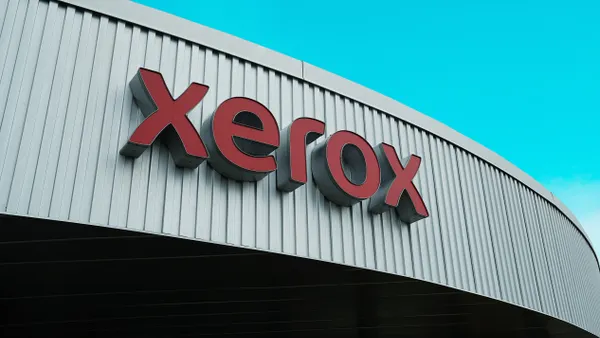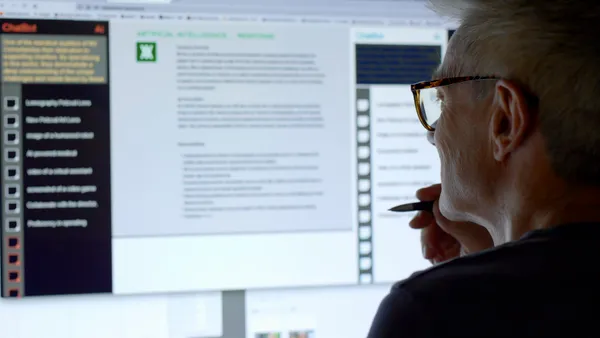In an era where efficiency and agility are paramount, relying on a fragmented, legacy approach to managing spend is no longer a sustainable strategy.
It’s time to move beyond disjointed processes and embrace a consolidated platform for both payroll and non-payroll spend to boost productivity, enhance control, and prepare your organization for future growth.
The power of a unified platform
For many CFOs, the financial tech stack is a collection of systems acquired over time: a card program here, an expense tool there, a separate system for payroll. While these point solutions may seem "good enough," they create hidden costs and operational drag. User adoption is slow. Compliance gaps appear. Finance teams spend too much time connecting silos of information.
Technological advances now make it possible to move beyond one-off fixes, automating every step of the spend lifecycle — from requests and approvals to payment and GL booking. This end-to-end approach means policies are automatically built in throughout, so you get fewer mistakes, smoother audits, and faster closes.
But the results go even deeper. When employees have an intuitive, easy-to-use interface for all spend and HR tasks, adoption and collaboration improve. A new spend culture emerges, one of greater efficiency and accountability.
It all starts with the employee record
A consolidated approach to spend means that HR and Finance are connected in a single platform driven by the employee record. This integrated approach manages both payroll and all non-payroll spend, ensuring that policies, limits, and approval workflows stay perfectly aligned with role changes. The employee record follows the user wherever they go as their roles change.
Every employee transaction — corporate card purchases, reimbursements, and purchase orders, flows through the same AI-powered platform. Payroll and benefits are managed alongside, ensuring all financial and HR needs stay integrated. Employees benefit from a single login and a streamlined, intuitive experience for all transactions.
Freeing up finance teams
Deep ERP integrations with accounting software like NetSuite, Sage Intacct, and QuickBooks further streamline processes for Finance teams. These integrations enable automated, accurate postings, including complex entries like amortizations. The end result: Organizations can shrink their monthly close from weeks to days, freeing up finance teams for more strategic work.
“Paylocity helps us manage our credit cards and streamlines our bill approval process, as well as providing expense reporting in a single platform. From an administrative perspective, having one system instead of separate tools is really nice.” - VP Finance and Controller, CloudBolt.
Automation ensures policies, like timely receipt submission, are seamlessly enforced, reducing manual follow-ups and keeping everyone aligned with company guidelines. Finance can become a collaborative partner, instead of the “expense police” who must constantly chase receipts and explain expense policies.
“Previously, we often had to follow up with people multiple times for credit card receipts, and even then, we didn't always get them. With Paylocity, we’ve implemented functionality that automatically shuts off a credit card when a receipt isn't received within so many days. That means we avoid back-and-forth communication about receipts and drive accountability back to managers.” VP Finance and Controller, CloudBolt.
Towards a more accountable spend culture
A unified HR and Finance platform makes compliance and policy adoption easier for users because the tools live right where they work. Thanks to automated workflows, employees don’t have to read through complex approval policies and complete tedious paperwork. They feel empowered and more accountable.
“It’s one place everyone in the company can go to where data on money and spending is visible and accessible. I overhear conversations about spend all the time now. It’s not just that people are more responsible with money, it’s that they're more independent.” Senior Director of Finance, YourMechanic.
In the pursuit of fiscal control and operational efficiency, Finance leaders have long relied on established platforms and processes. But these traditional methods, characterized by disconnected systems and manual processes, carry a hidden cost that extends far beyond the balance sheet. They quietly undermine employee engagement and stifle the agility and efficiency modern businesses need to thrive.
It’s time to take a new approach.










